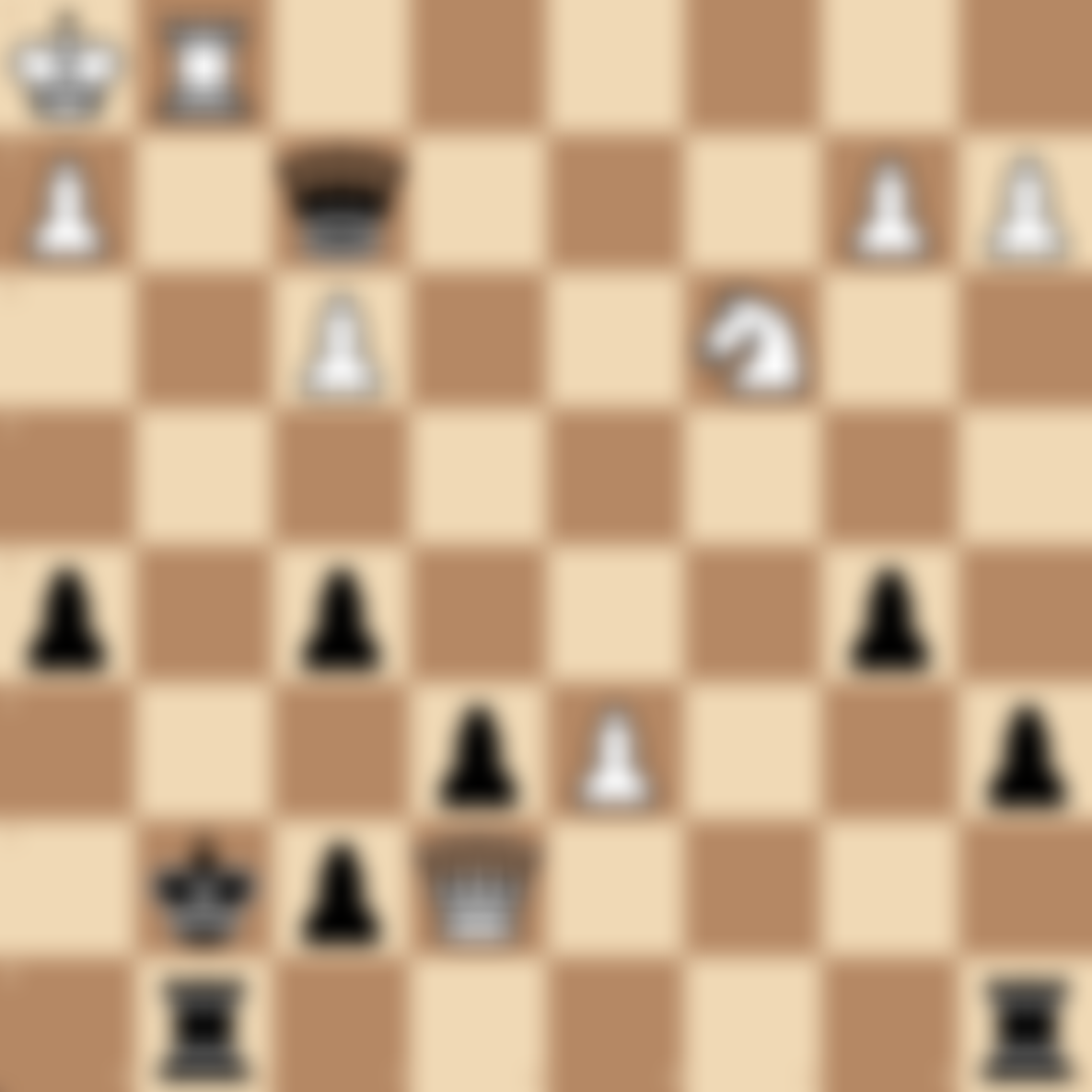Basic Checkmates in Chess
Table of Contents
- Introduction
- What is a Checkmate?
- Types of Basic Checkmates
- Common Checkmate Patterns
- Tips for Executing Basic Checkmates
- Practice Basic Checkmate Puzzles
- FAQs
Introduction
Mastering basic checkmates is crucial for every chess player, from beginners to advanced enthusiasts. These fundamental endgame techniques form the backbone of chess strategy and are essential for securing victory. At chesspuzzles.io, we've created this comprehensive guide to help you explore the most common basic checkmates, provide step-by-step instructions, and offer puzzles to perfect your skills.
What is a Checkmate?
A checkmate occurs when a player's king is in check and there is no legal move to escape the attack. This results in an immediate win for the attacking player. Understanding and executing basic checkmates is vital for:
- Finishing games efficiently
- Improving overall chess strategy
- Building confidence in endgame positions
Types of Basic Checkmates
King and Queen Checkmate
The King and Queen checkmate is one of the easiest to learn and execute. Here's how to do it:
- Use your queen to restrict the opponent's king to one side of the board.
- Bring your king to support the queen.
- Gradually push the enemy king to the edge of the board.
- Deliver checkmate by placing your queen one square away from the enemy king, supported by your own king.
King and Rook Checkmate
While slightly more challenging than the Queen checkmate, the King and Rook checkmate is still considered a basic technique:
- Use your rook to cut off ranks or files, restricting the enemy king's movement.
- Bring your king to support the rook.
- Create a "box" that gets progressively smaller, forcing the opponent's king to the edge.
- Deliver checkmate by placing your rook on the last rank or file, supported by your king.
Two Bishops Checkmate
This checkmate is more complex but still fundamental:
- Use your bishops to control diagonals and restrict the enemy king's movement.
- Coordinate your king with the bishops to force the opponent's king to the corner.
- Create a diagonal "net" with your bishops.
- Bring your king close to support the final checkmate position.
Common Checkmate Patterns
Recognizing these patterns can help you spot checkmate opportunities in your games:
- Back Rank Mate
- Smothered Mate
- Arabian Mate
- Anastasia's Mate
Tips for Executing Basic Checkmates
- Practice regularly on chesspuzzles.io to build muscle memory.
- Always be aware of stalemate positions to avoid drawing a winning game.
- Use the principle of two sides: attack from two directions to limit the king's escape squares.
- Bring your king into the action to support your attacking pieces.
- Stay patient and methodical – rushing can lead to mistakes.
Practice Basic Checkmate Puzzles
Improve your skills with our collection of basic checkmate puzzles on chesspuzzles.io:
Try our Basic Checkmate Puzzles on chesspuzzles.io now
Test your understanding and speed with these interactive puzzles designed to reinforce the concepts learned in this guide.
FAQs
Q: How long does it typically take to master basic checkmates? A: With regular practice on chesspuzzles.io, most players can become proficient in basic checkmates within a few weeks to a month.
Q: Are there any tools to help practice basic checkmates? A: Yes! chesspuzzles.io offers targeted exercises and puzzles specifically designed for practicing basic checkmates.
Q: Why is it important to learn basic checkmates if they rarely occur in real games? A: Understanding basic checkmates improves your overall endgame play, helps you recognize mating patterns in complex positions, and builds a solid foundation for advanced chess strategies.
Master these basic checkmates to elevate your chess game! Ready to put your skills to the test? Try our Basic Checkmate Puzzles on chesspuzzles.io now and track your progress as you become a checkmate expert.
